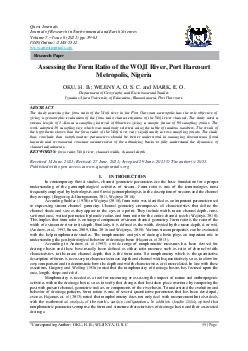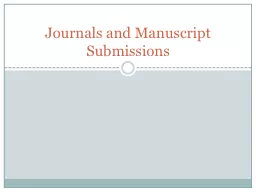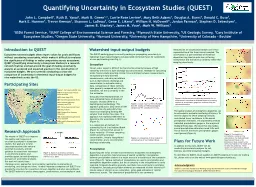PDF-Quest Journals
Author : caroline | Published Date : 2021-09-09
Journal of Research in Environmental and Earth SciencesVolume 7 Issue 6 2021 pp 5963ISSNOnline 23482532wwwquestjournalsorgCorresponding Author OKU H B WEJINYA O
Presentation Embed Code
Download Presentation
Download Presentation The PPT/PDF document "Quest Journals" is the property of its rightful owner. Permission is granted to download and print the materials on this website for personal, non-commercial use only, and to display it on your personal computer provided you do not modify the materials and that you retain all copyright notices contained in the materials. By downloading content from our website, you accept the terms of this agreement.
Quest Journals: Transcript
Download Rules Of Document
"Quest Journals"The content belongs to its owner. You may download and print it for personal use, without modification, and keep all copyright notices. By downloading, you agree to these terms.
Related Documents














